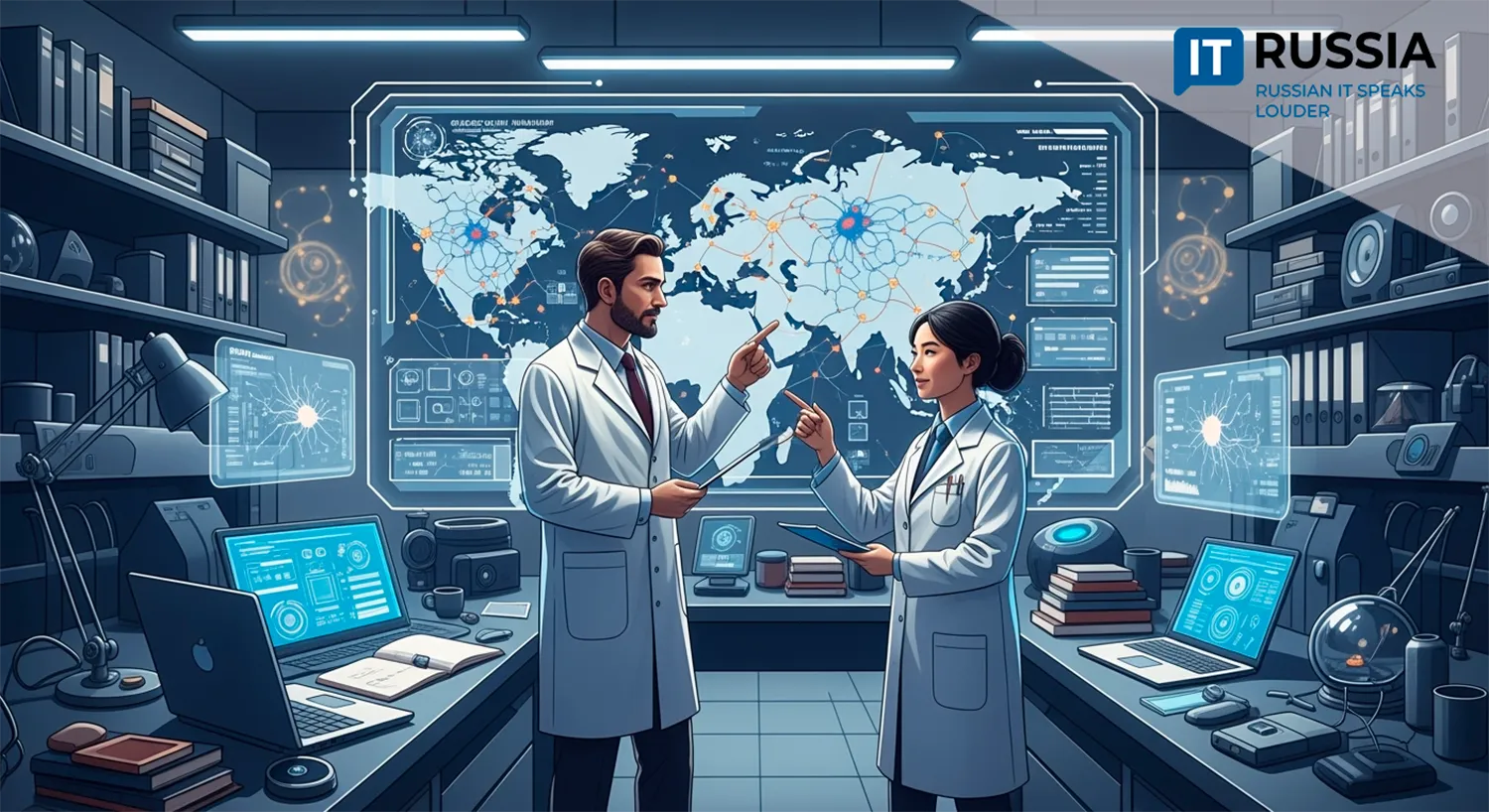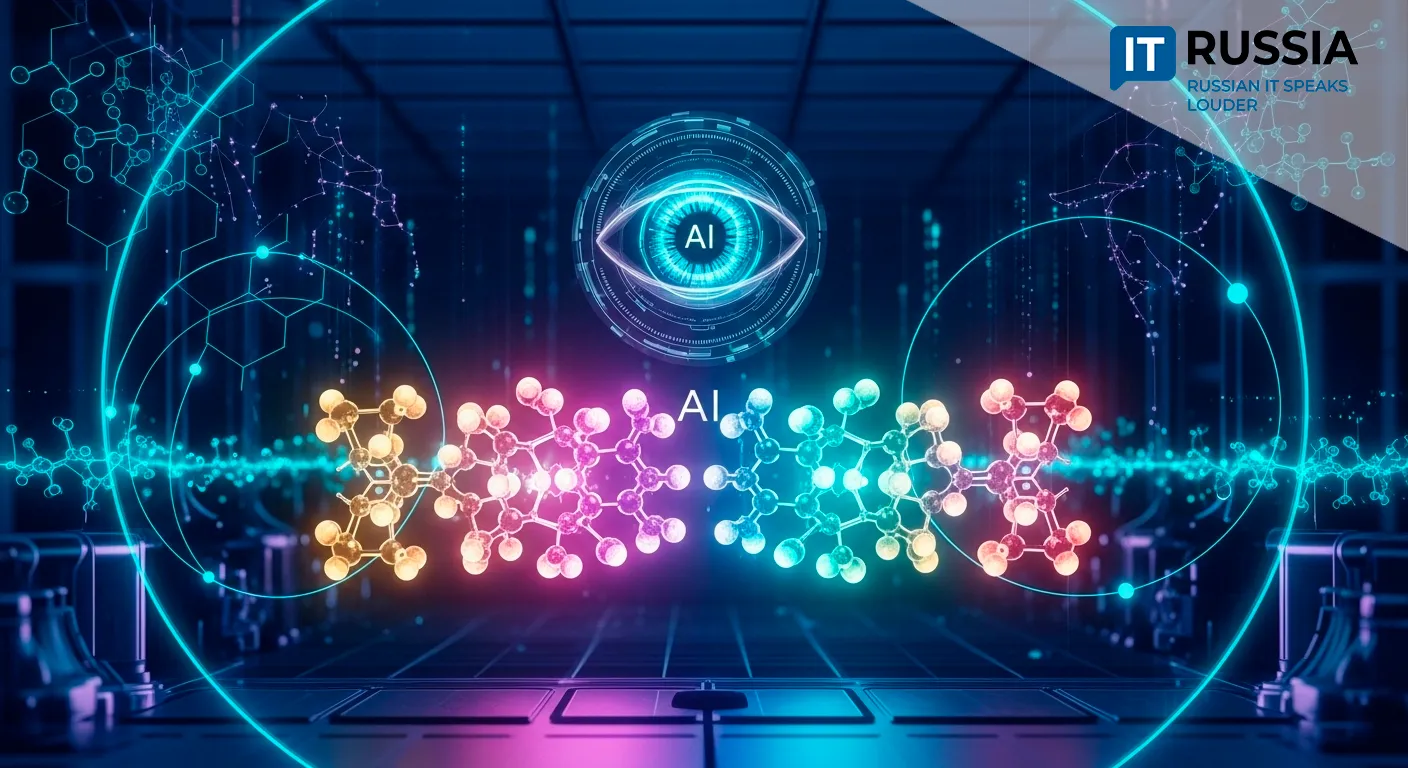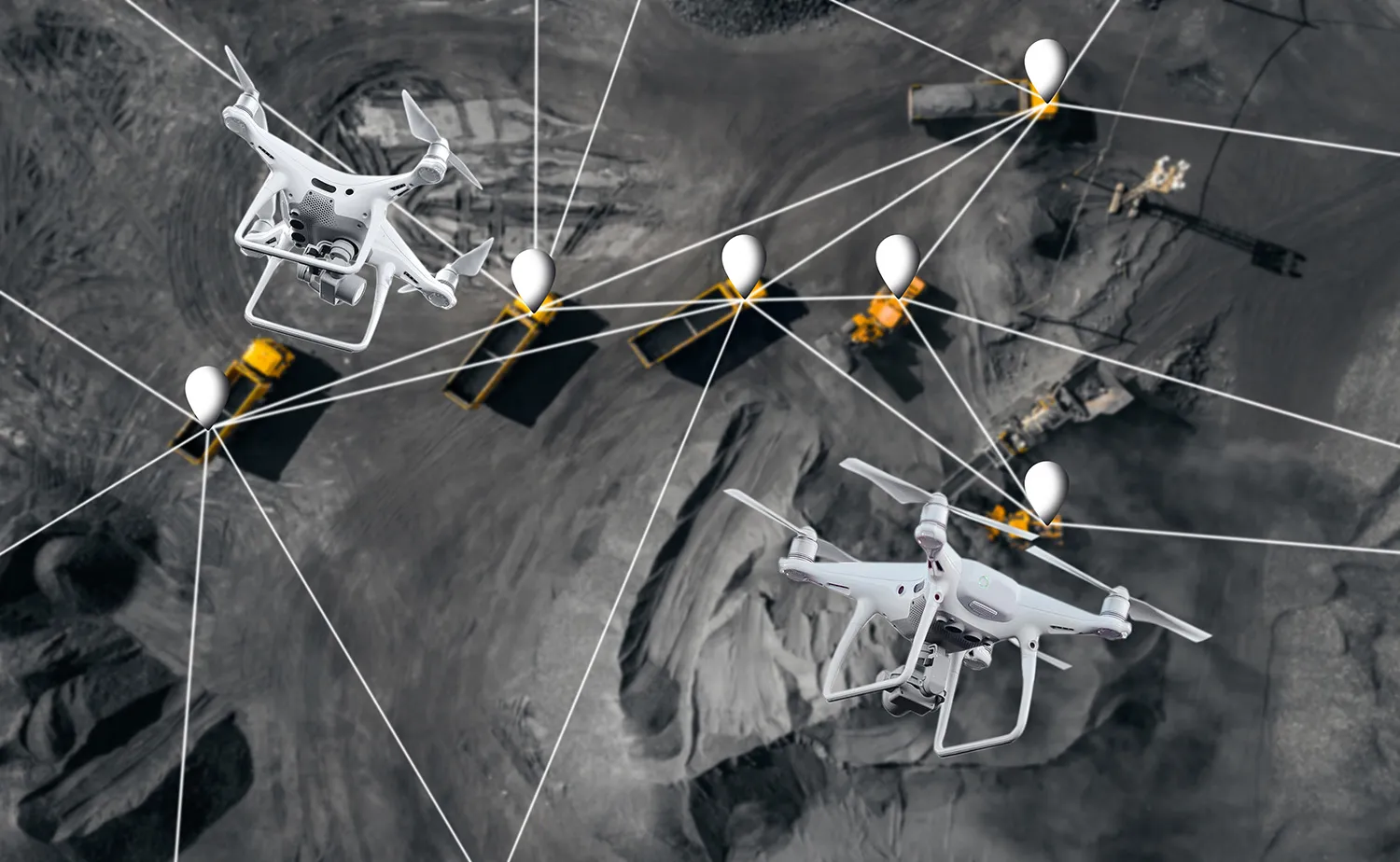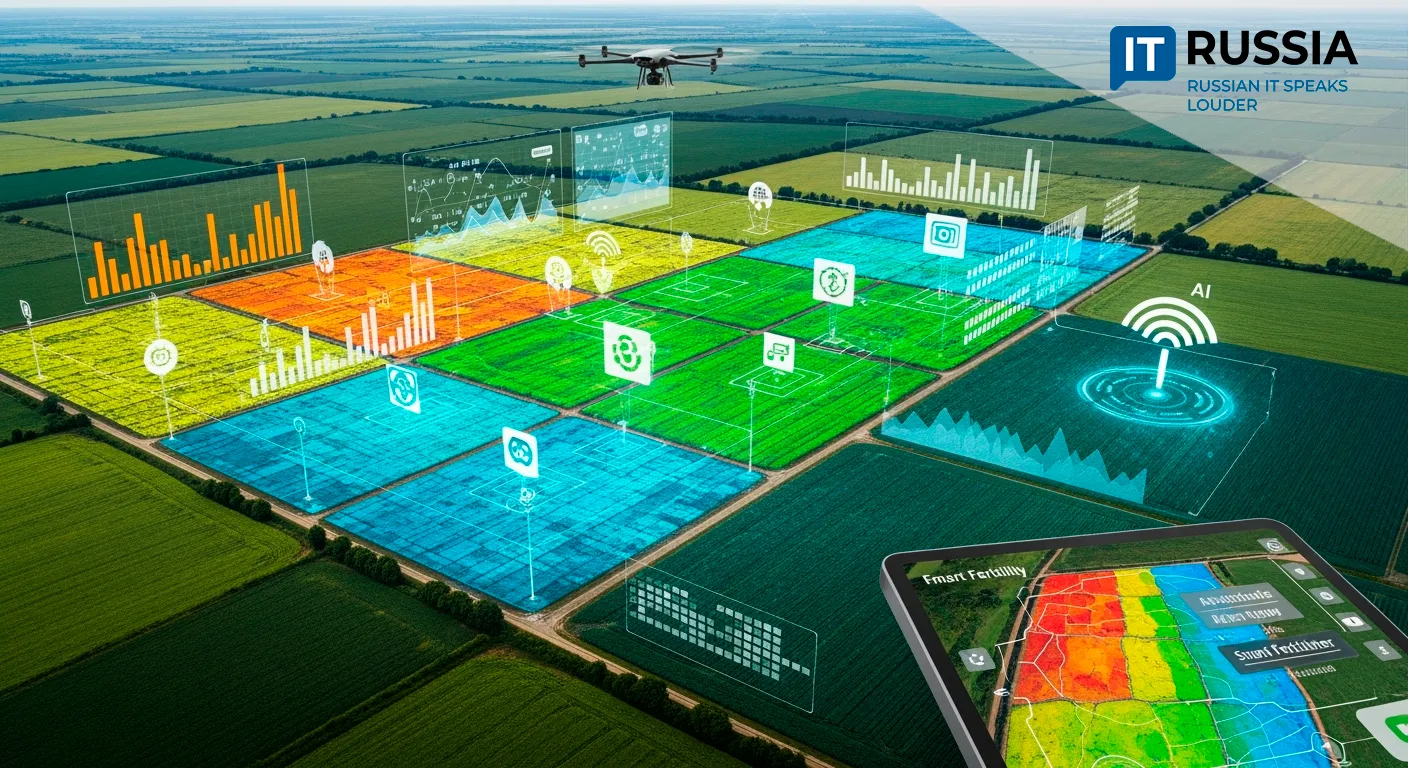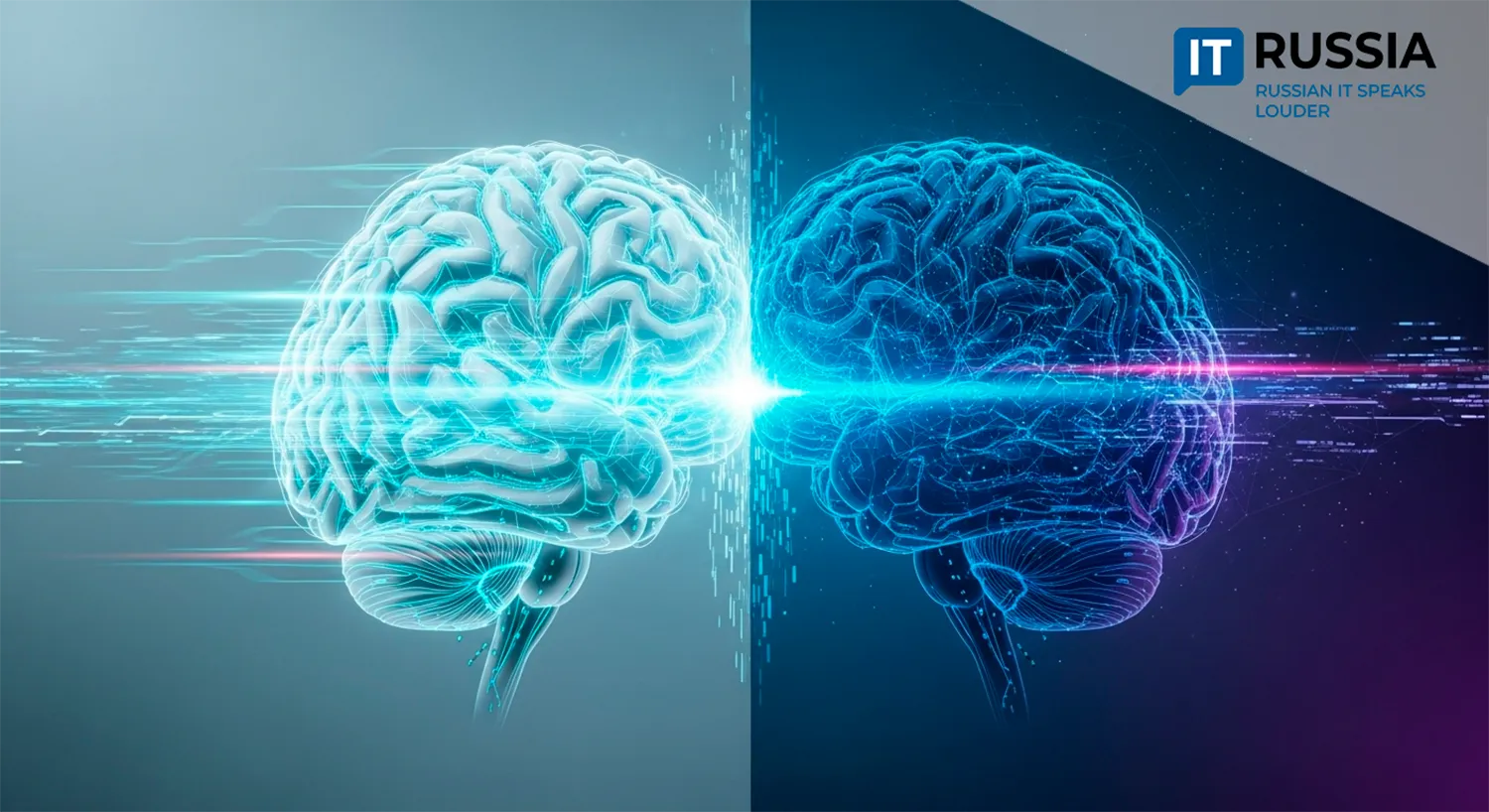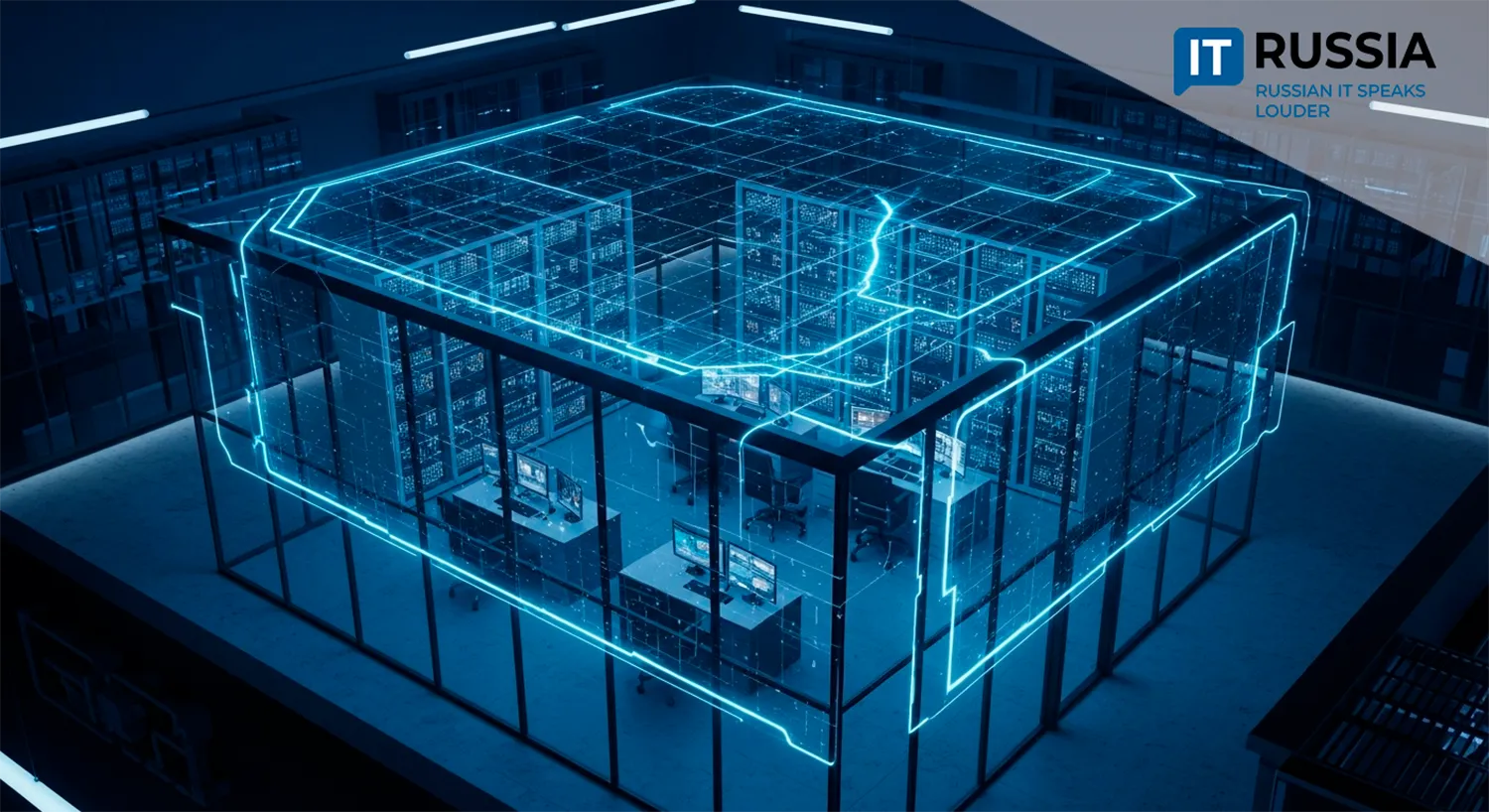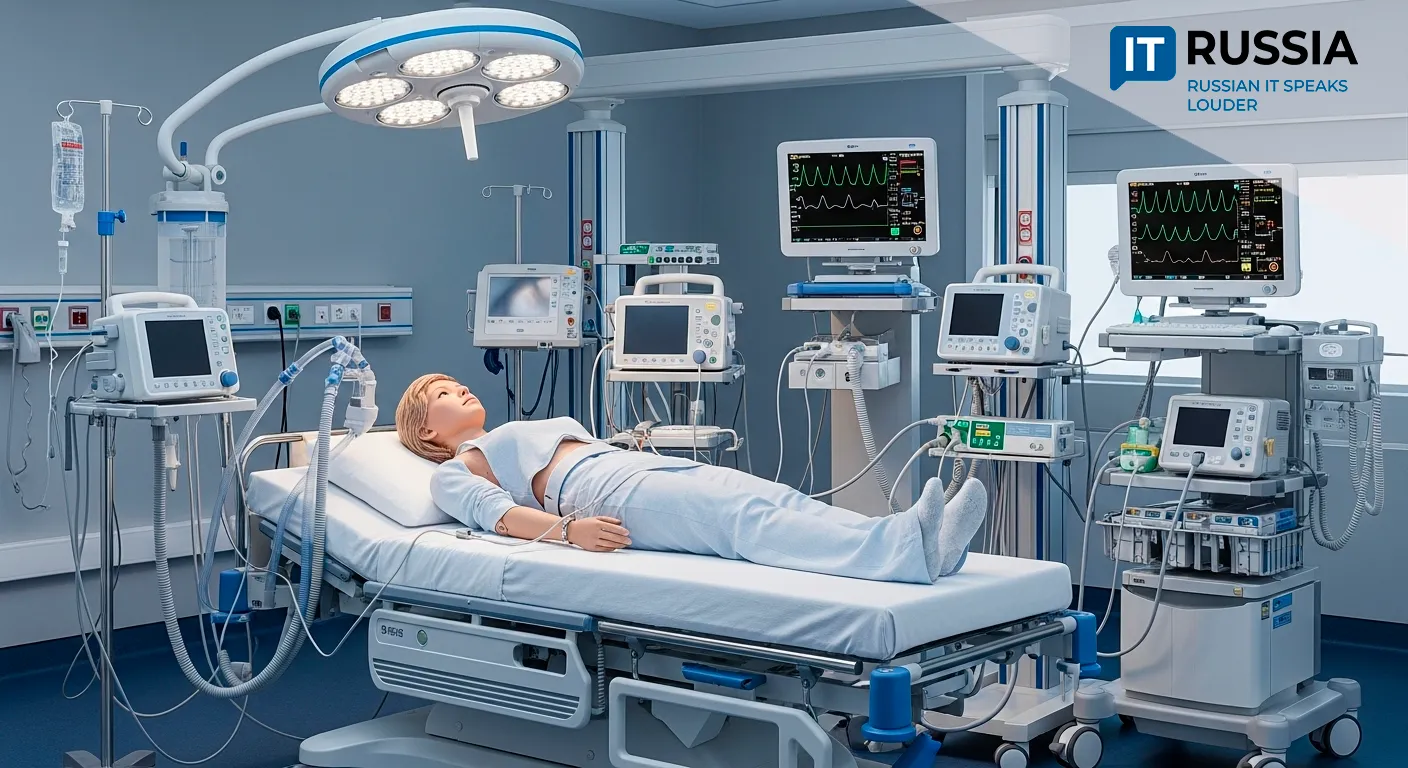Rosatom Deploys Digital Twin to Streamline Nuclear Fuel Cycle Operations

Rosatom has completed the first phase of its digital twin initiative for radiochemical facilities, a move that marks a step toward safer, more efficient nuclear fuel reprocessing.
Automation Drives Safer Fuel Reprocessing
In July 2025, Rosatom announced the successful completion of the first development stage of its new software suite, VIZART-RDM—designed as the core of a digital twin system for radiochemical production.
Developed by the Science and Innovations private institute, VNIINM JSC, the V.G. Khlopin Radium Institute, and other research entities under TVEL’s fuel division, the system models the entire reprocessing cycle for spent nuclear fuel (SNF) and manages radioactive waste (RAW).
VIZART-RDM automates complex calculations that were previously performed manually, reducing the risk of human error and speeding up project timelines.
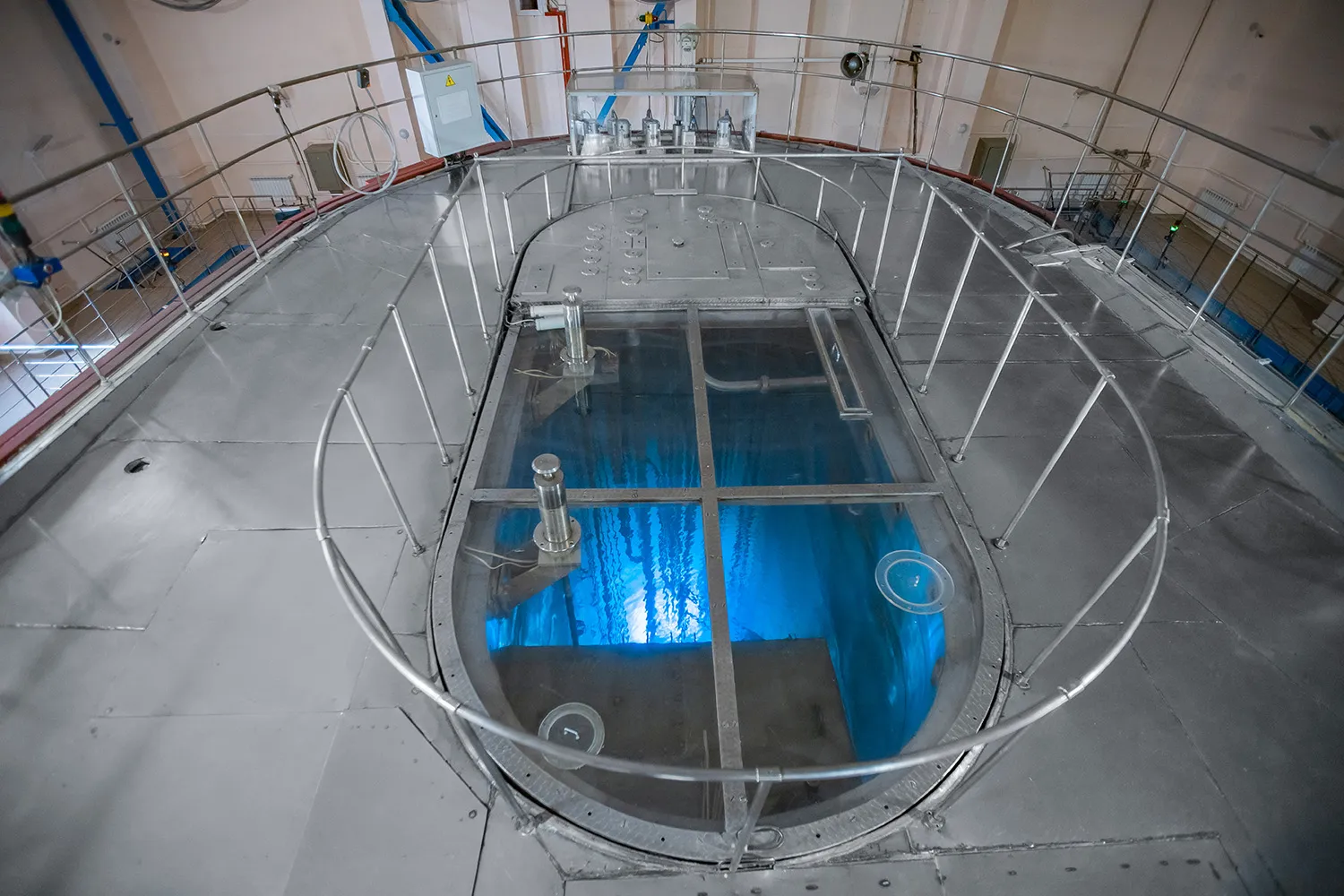
By simulating real-world operating conditions, the digital twin allows engineers to forecast technology behavior during development and deployment phases, enhancing the performance of Russia's closed nuclear fuel cycle (CNFC).
During this first phase, developers finalized the architecture, calculation algorithms, and user interface. The next phase includes software development and live data testing, setting the stage for integration into active facilities.
System Models Entire Nuclear Chemical Workflow
Radiochemical operations are inherently complex and sensitive to both safety and precision. SNF reprocessing and RAW handling involve critical risk factors, and VIZART-RDM is built to address them from the design stage.
The platform reduces design and operational costs while minimizing environmental impacts, making it vital to Rosatom’s radiochemical development strategy.
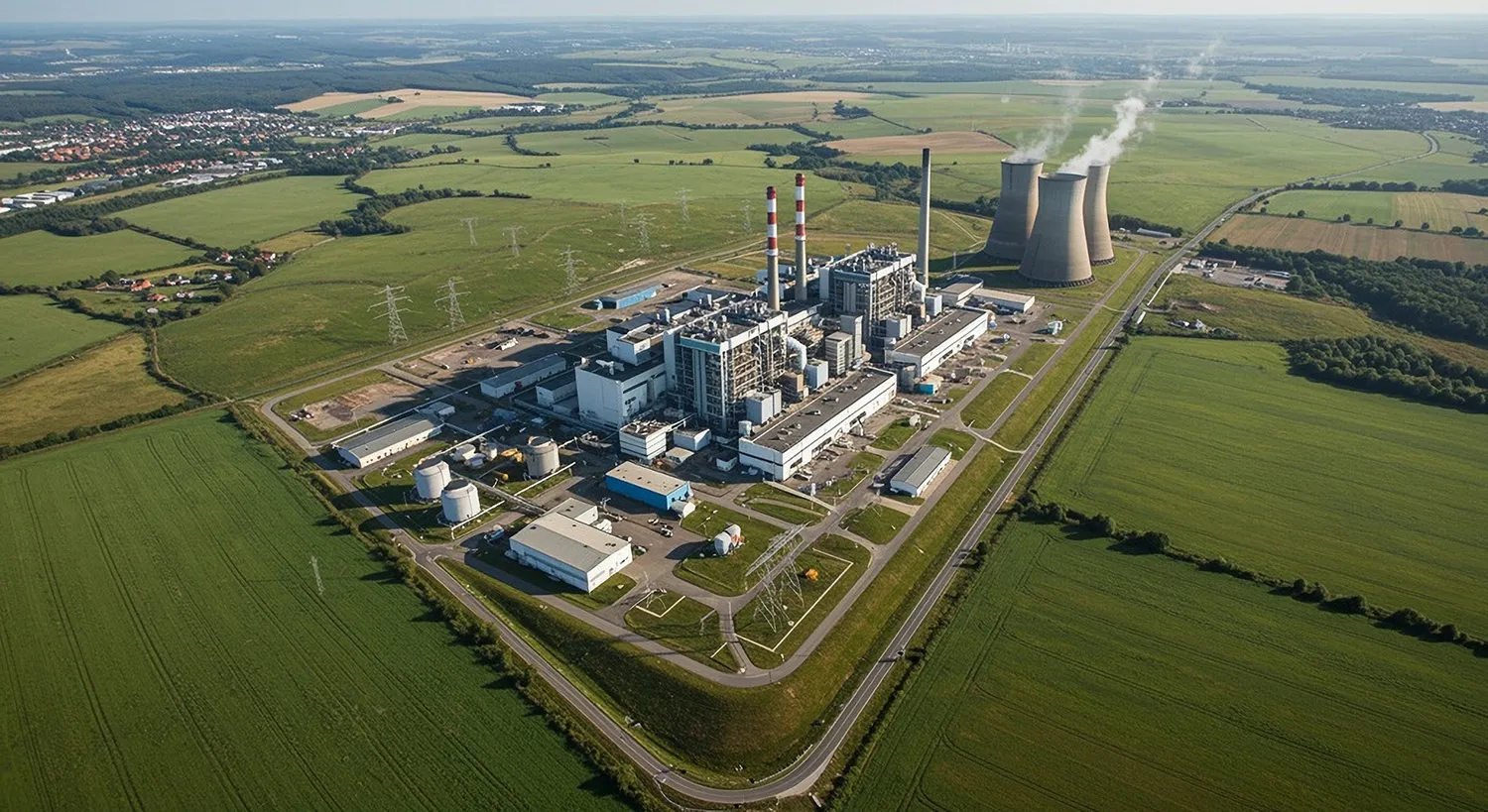
Its modules model key reprocessing steps such as solvent extraction, isotope separation, and waste management. These are grounded in rigorous physico-chemical models and are integrated with real-time production control systems.
The system is entirely based on Russian software technologies, eliminating dependence on foreign platforms. Testing is currently underway using real data from Rosatom sites such as Mayak, a major SNF reprocessing facility.
Localized Innovation with International Relevance
Rosatom’s digitalization of radiochemical infrastructure began in 2018. Work on VIZART-RDM formally started in 2020, with modeling of key SNF processes completed by 2023.
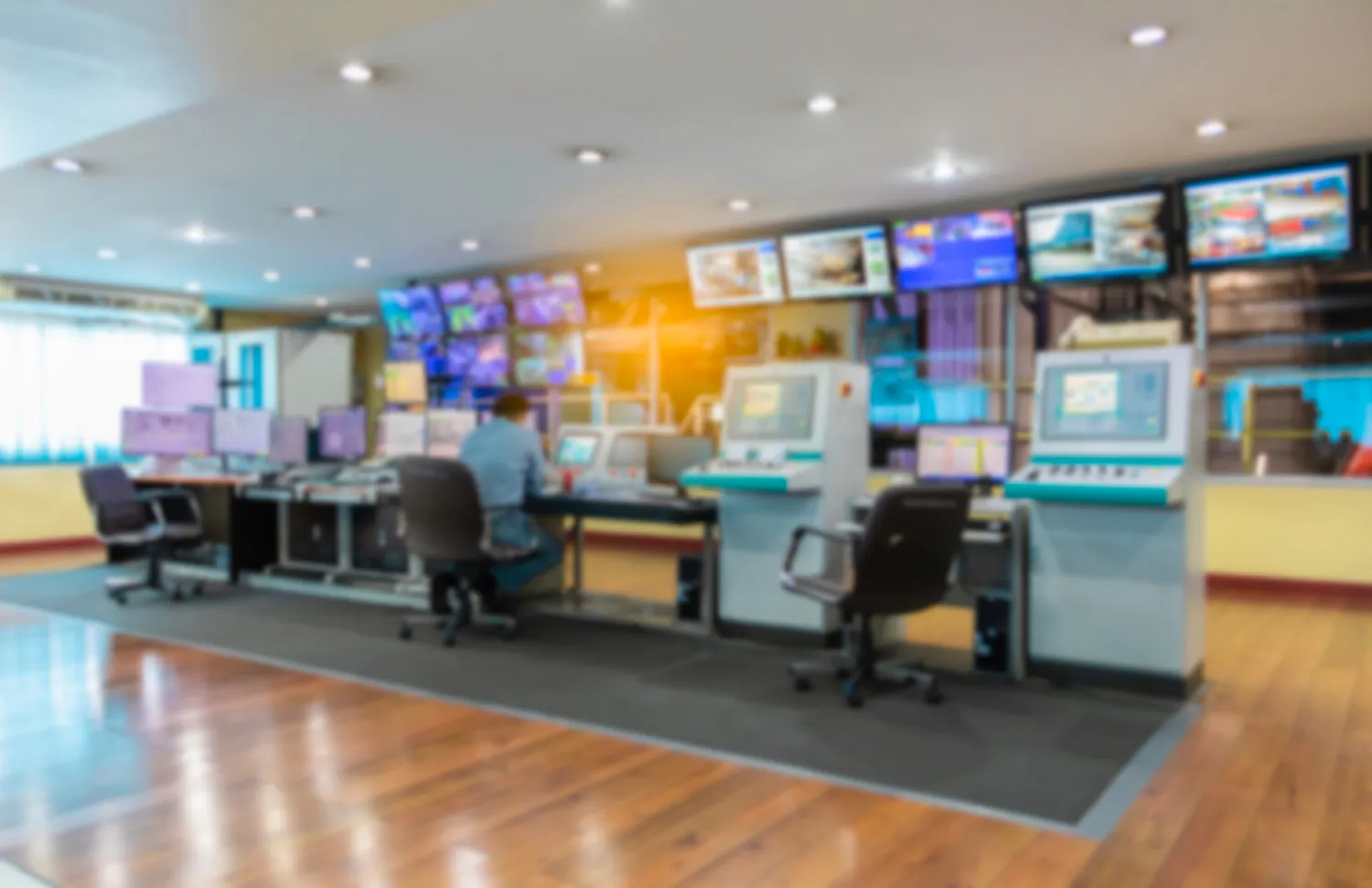
Similar efforts are underway at Oak Ridge National Laboratory in the U.S. and CEA in France, yet Rosatom’s approach remains unique due to its complete localization and explicit alignment with CNFC principles.
By 2027, Rosatom plans to launch pilot applications at facilities like Mayak and the Mining and Chemical Combine. The technology could be exported to BRICS countries by 2030.








